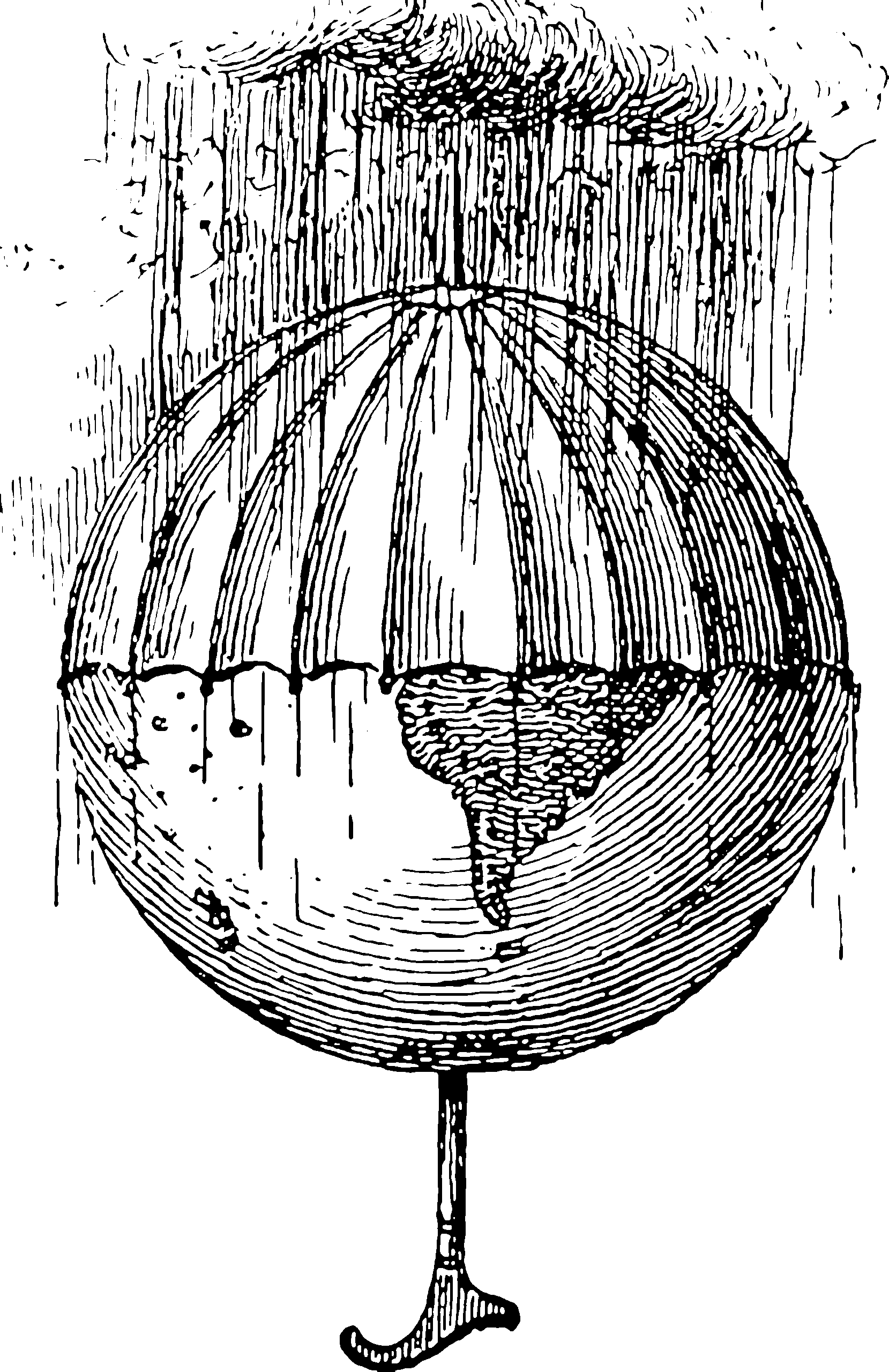Gradient descent at scale
Practical implementation of large optimisations
2021-07-14 — 2025-10-19
Wherein large-scale gradient descent is described as being executed across thousands of GPUs using techniques such as ZeRO sharding and offloading, with hyperparameters tuned via µP and muon for scale invariance
This area is something that large firms are ploughing with hundreds of billions of dollars per year, which means that the rate of research is faster than I can track as a side-hustle. Do not depend upon this page being up to date or comprehensive.
There are many ways we can expand a neural model beyond the limits of a single GPU. Of course, the details are complicated. Lilian Weng has explained it all for us. See How to Train Really Large Models on Many GPUs?. Jeremy Jordan is also good; see training extremely large neural networks across thousands of GPUs.
1 General compute node provisioning
See Practical Cloud ML.
2 Basic multi-GPU
DDP and other multi-GPU techniques cover medium-scale setups (e.g. 100 GPUs). Various frameworks take different approaches, for example PyTorch Lightning provides basic DDP support for PyTorch. There are also more generic solutions, most prominently Horovod.
2.1 Horovod
Horovod is a distributed deep learning training framework for TensorFlow, Keras, PyTorch, and Apache MXNet. (source).
With Horovod, an existing training script can be scaled up to run on hundreds of GPUs in just a few lines of Python code. Horovod can be installed on-premise or run out-of-the-box in cloud platforms, including AWS, Azure, and Databricks. Horovod can additionally run on top of Apache Spark, making it possible to unify data processing and model training into a single pipeline. Once Horovod has been configured, the same infrastructure can be used to train models with any framework, making it easy to switch between TensorFlow, PyTorch, MXNet, and future frameworks as machine learning tech stacks continue to evolve.
3 Extremely large models
I have little to say here for now, but I need to remember various terms for later use. ZeRO and other methods of efficient parallel/sharded gradient descent enable very large models for a fixed GPU memory budget.
- Advanced GPU Optimized Training
- ZeRO & DeepSpeed: New system optimizations enable training models with over 100 billion parameters
- Fit More and Train Faster With ZeRO via DeepSpeed and FairScale
- Model Parallelism and Big Models · Issue #8771 · huggingface/transformers
- Training 10x Larger Models and Accelerating Training on a Single GPU with ZeRO-Offloading
- microsoft/DeepSpeed: DeepSpeed is a deep learning optimization library that makes distributed training easy, efficient, and effective.
- Exploring the limits of Concurrency in ML Training on Google TPUs Kumar et al. (2020) (BERT in 23s on a TPU-4096; “We view the current competition in language understanding as a modern-day Space Race, with competing organizations assembling both giant machines and giant models in the quest for an Artificial General Intelligence breakthrough.”)
4 Hyperparameter tuning
I think there have been a couple of attempts to scale hyperparameter tuning successfully. The one I noticed was μP, which uses a ‘natural parameterization’ to make the hyperparameter-tuning problem for large models tunable by projecting from small models.
- microsoft/mup: maximal update parametrization (µP)
- µTransfer: A technique for hyperparameter tuning of enormous neural networks - Microsoft Research
More recently, Muon has made interesting progress towards making the target problem “scale invariant”.
- Jeremy Bernstein, Deriving Muon
- Keller Jordan, Muon: An optimizer for hidden layers in neural networks
(Bernstein et al. 2020; Bernstein and Newhouse 2024b, 2024a; Higham, n.d.; Large et al. 2024; Yang, Simon, and Bernstein 2023)
I’m interested in their Newton-Schulz iterations, and, more generally, the modula system for metrized deep NN training.
Distributed Muon: Dion.
5 Decentralized community training
6 Incoming
Training extremely large neural networks across thousands of GPUs.
-
Colossal-AI is designed to be a unified system to provide an integrated set of training skills and utilities to the user. You can find the common training utilities such as mixed precision training and gradient accumulation. Besides, we provide an array of parallelism including data, tensor and pipeline parallelism. We optimize tensor parallelism with different multi-dimensional distributed matrix-matrix multiplication algorithm. We also provided different pipeline parallelism methods to allow the user to scale their model across nodes efficiently. More advanced features such as offloading can be found in this tutorial documentation in detail as well.
